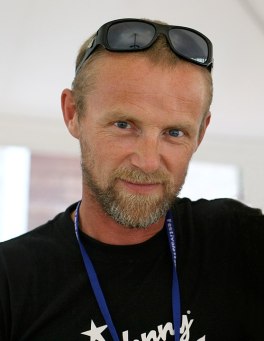
In a thought-provoking interview with award-winning Lebanese-Canadian novelist, journalist, and visual artist Rawi Hage a few years back, he talked about how it’s the writer’s job to push the limits, to not settle for being only entertaining. For me this resonates with the idea that authors shouldn’t try to bang out the next “The Girl Who. . .” book, but strike out into some new territory. Of course, for many, it seems, they run up against a failure of imagination or an excess of anxiety, which is why when a particular book catches on, it will have so many clones. In a contradiction bound eventually to fail, many authors try to recapture that uniqueness.
Think, for example of Dan Brown’s books and all the religio-cryptic thrillers that came afterward. Or all the books where a discrete set of people with a shared past and rivalries and bitter secrets are stranded on an island, in a remote area cut off by a storm, or wherever, and . . . they start to die. Or the Gone Girl clones, or, rather, would-be clones.
Hage said he thinks of himself as “a confrontational writer,” and the more marginal he feels about a piece, the better his writing is. In other words, he’s not trying to please everyone. “Writers who try to please and go by the rules and try to do the right things, they tend to fail,” he thinks. It’s an interesting stance to take, and difficult for authors, when the publishing industry seems increasingly risk-averse.
He talked interestingly about the way the Arabic language affected his writing. He read a lot of Arabic poetry as a young man, and it’s very visual, perhaps making up for strictures on visual representations of people and animals in the culture generally. It’s a “very elaborate” language, he says. Writing in English, he pared back.
Even so, he brings “bags and bags of history, travels, concerns, revenge; a mixture of the emotional, the experiential, and the cultural” to his writing. That comports with my view of writing as like assembling a jigsaw puzzle with a thousand disparate pieces of the kinds he mentions, and seeing what picture they create. He wisely infuses that mix with dark humor too. Pavlov, the protagonist of his fourth novel, Beirut Hellfire Society, says, “Laughter should be permissible under all circumstances.”















